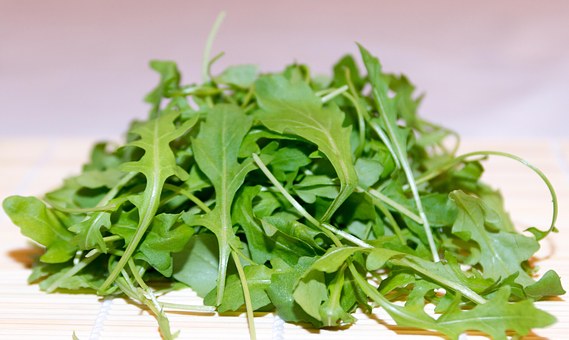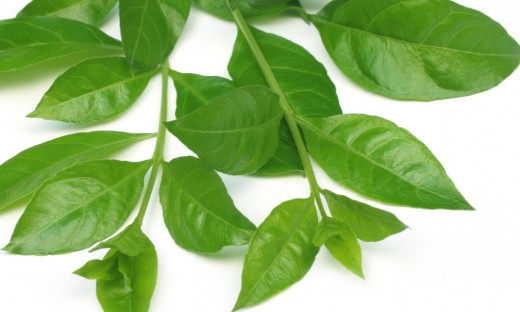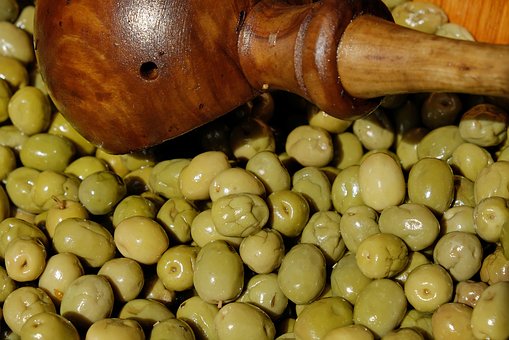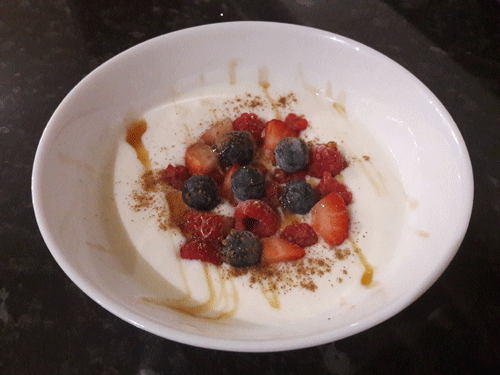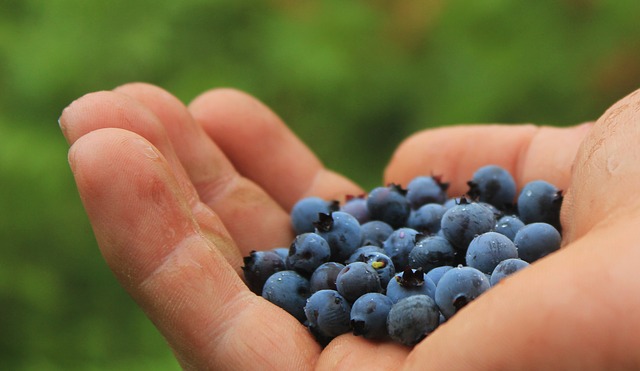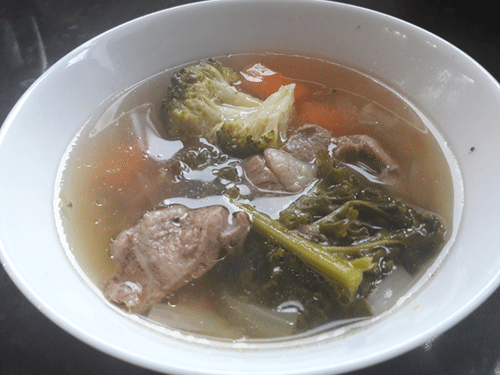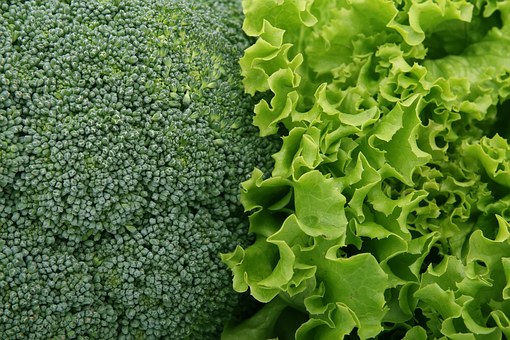Selective Suppression of Cervical Cancer Hela Cells by 2-O-?-D-Glucopyranosyl-L-Ascorbic Acid Isolated From the Fruit of Lycium Barbarum L
© Authored by PubMed
© HealthyMuslim. See Terms and Conditions
Copy Link
Email
Print

Goji berries (Lycium barbarum, wolfberry) grow on an evergreen shrub found in temperate and subtropical regions in China, Mongolia and in the Himalayas in Tibet. They are in the nightshade (Solonaceae) family. Goji berries are usually found dried. They are shriveled red berries that look like red raisins. Goji berries are rich in antioxidants, particularly carotenoids such as Beta-carotene and zeaxanthin. One of zeaxanthin's key roles is to protect the retina of the eye by absorbing blue light and acting as an antioxidant. Goji berries have been used for 6,000 years by herbalists in China, Tibet and India to: protect the liver, help eyesight, improve sexual function and fertility, strengthen the legs, boost immune function, improve circulation, and to promote longevity.
Zhang Z, Liu X, Wu T, Liu J, Zhang X, Yang X, Goodheart MJ, Engelhardt JF, Wang Y. Selective suppression of cervical cancer Hela cells by 2-O-D-glucopyranosyl-L-ascorbic acid isolated from the fruit of Lycium barbarum L. 1. Cell Biol Toxicol. 2011 Apr;27(2):107-21. Epub 2010 Aug 19.
Zhang Z, Liu X, Wu T, Liu J, Zhang X, Yang X, Goodheart MJ, Engelhardt JF, Wang Y. Selective suppression of cervical cancer Hela cells by 2-O-D-glucopyranosyl-L-ascorbic acid isolated from the fruit of Lycium barbarum L. 1. Cell Biol Toxicol. 2011 Apr;27(2):107-21. Epub 2010 Aug 19.
Lycium barbarum fruit has been used as a Chinese traditional medicine and dietary supplement for centuries. 2-O-?-D-Glucopyranosyl-L-ascorbic acid (AA-2?G), a novel stable Vitamin C analog, is one of the main biologically active components of the fruit. In this report, we investigated the cytotoxic and antiproliferative effect of AA-2?G against cancer cells in vitro and identified the proteins with significantly differential expression in the cervical cancer cells (Hela) cultured in the presence of AA-2?G proteomic analysis. Our results demonstrated that the cytotoxic and antiproliferative activity of AA-2?G on cancer cell lines were in a cell type-, time-, and dose-dependent manner. Similar to Vitamin C, the AA-2?G selectively induced cell death repressed the proliferation of Hela cells by the mechanism of cell apoptosis and cell cycle arrest induced by AA-2?G through a mechanism of stabilizing p53 protein. However, the biological activity of inhibition of cell proliferation in other malignant cancer cell lines or primary cells were varied, as demonstrated by either moderate inhibition or slight promotion following treatment with AA-2?G. Comparative analysis of the proteomic profiles and immunoblot analysis identified 15 proteins associated with repressing cell apoptosis and/or stimulating cell proliferation in Hela cells that were downregulated in the presence of AA-2?G or Vitamin C. These data indicate that a mechanism of the AA-2?G and Vitamin C mediated antitumor activity by downregulating the expression of proteins involved in cell apoptosis and proliferation and consequently inducing Hela cell apoptosis and cell cycle arrest, suggesting that AA-2?G and Vitamin C may share a similar mechanism of inducing Hela cell apoptosis. These results also suggest that the L. barbarum fruit may be a potential dietary supplement and anticancer agent aimed at the prevention and treatment of cervical cancer.
Link to this article: Show: HTML Link • Full Link • Short Link
Share or Bookmark this page: You will need to have an account with the selected service in order to post links or bookmark this page.





|
Related Articles:
- Olive Oil Is Effective Against A Form of Breast Cancer
- Higher Vitamin D Levels in Blood Associated With Lower Cancer Incidence
- Cancer Said To Be No. 1 Killer by 2010
- Disease-Fighting Properties of Green Tea
- Regular Exercise 'Prevents Breast Cancer'
- Caution on Triclosan - An Anti-Bacterial In Soaps, Toothpastes, Deodorants And Cosmetics
- Green Tea, Blueberry and Raspberry Fruit Extracts Touted as Potential Cancer Fighters
- Artificial Sweetener Aspartame Is Carcinogenic
- Mobile Phone Use 'Raises Children's Risk of Brain Cancer Fivefold'
- Dr Linus Pauling, Vitamin C Infusions and Cancer
You must be registered and logged in to comment.
Most Popular
Latest Articles
Popular Subjects
Health, fitness and longevity
Based upon the principles of health
in the Qur'an and Prophetic Traditions.
HealthyMuslim.Com
There are two bounties in which
most people lose out: good health
and free time. Al-Bukhari.
The information on this site is provided for educational purposes only. It is not intended as a substitute for professional advice of any kind.







